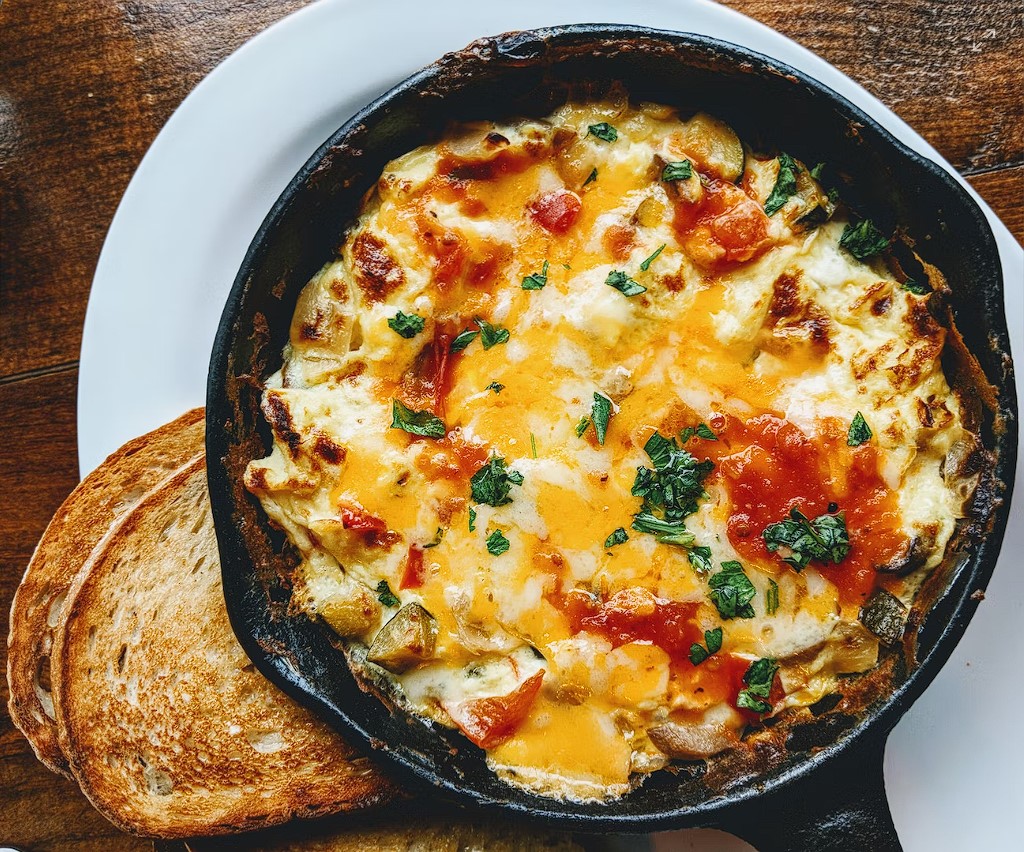Today, macaroni and cheese are one of the most popular American meals. But, did you know it originates in Ancient Rome? Yup, according to historical lore, the Romans were the first to squish macaroni and cheese together. The earliest mention of this food mix dates to 160 BCE.
We know this from the De Agri Cultura document, ordered by Marcus Porcius Cato, the Roman Republic senator in those times. In this document, there are recipes for holidays and gatherings, which mention a dish called “Placenta”. Hold your fingers like you want to speak good Italian and say it with a hard “C”.

Hermes Rivera/Unsplash
The Romans made that dish with stacks of whole grain sheets and cheese packed in between. This dish survived the dark ages as well. There are mentions of its variations in Libro Della Cocina and Liber de coquina cookbooks, with several ways to mix pasta and cheese.
Eventually, during the Middle Ages, that early pasta and cheese combination evolved into the lasagna. In the 18th century, the dish spread to other parts of Europe. We found mentions of it in French cookbooks, Great Britain, and during the colonial era, it arrived in America.
Mac and Cheese Arrives on American Soil
The earliest proof of macaroni and cheese dishes dates to a cookbook titled “Royal Cookery”. It is also titled “The Complete Court-Cook” and it was printed in 1710, authored by Patrick Lamb. That particular recipe speaks of pasta being dipped in butter-rich cheese veal and topped with chicken gravy.

Priyanka Aggarwal/Unsplash
This recipe took root in the kitchens of the Stuart monarchy and was expanded in later cookbooks, both English and American. However, it took some 200 years to make it truly “American”.
Americanized Recipe
In the early 1900s, the term “macaroni” was established to mean what we consider it to be today. A dry tubular pasta. Numerous cookbooks of the 19th century dished out many uses of macaroni and they naturally included recipes with cheese.
The iconic American The Carolina Housewife southern cookbook, published in 1947, has an entry “To dress Macaroni a la Sauce Blanche”. Its Italian origin was fading and when people thought of Italian pasta, they primarily thought of macaroni with tomato sauce and beef.
Mac and Cheese through two World Wars

Ronaldo de Oliveira/Unsplash
Mac and Cheese were becoming more and more an all-American tradition. Through the first and the second World Wars, and the Great Depression in between, the budget-friendly version of the dish was blooming.
James Lewis Kraft, a Canadian cheese maker, sold bundles of cheese to the American government in WWI, a large portion of which was used to make this dish for the soldiers and the people. And, by the end of WWII, Mac and Cheese were spread across everyone’s tables, rich and poor, kings, the pope, and ordinary people.




